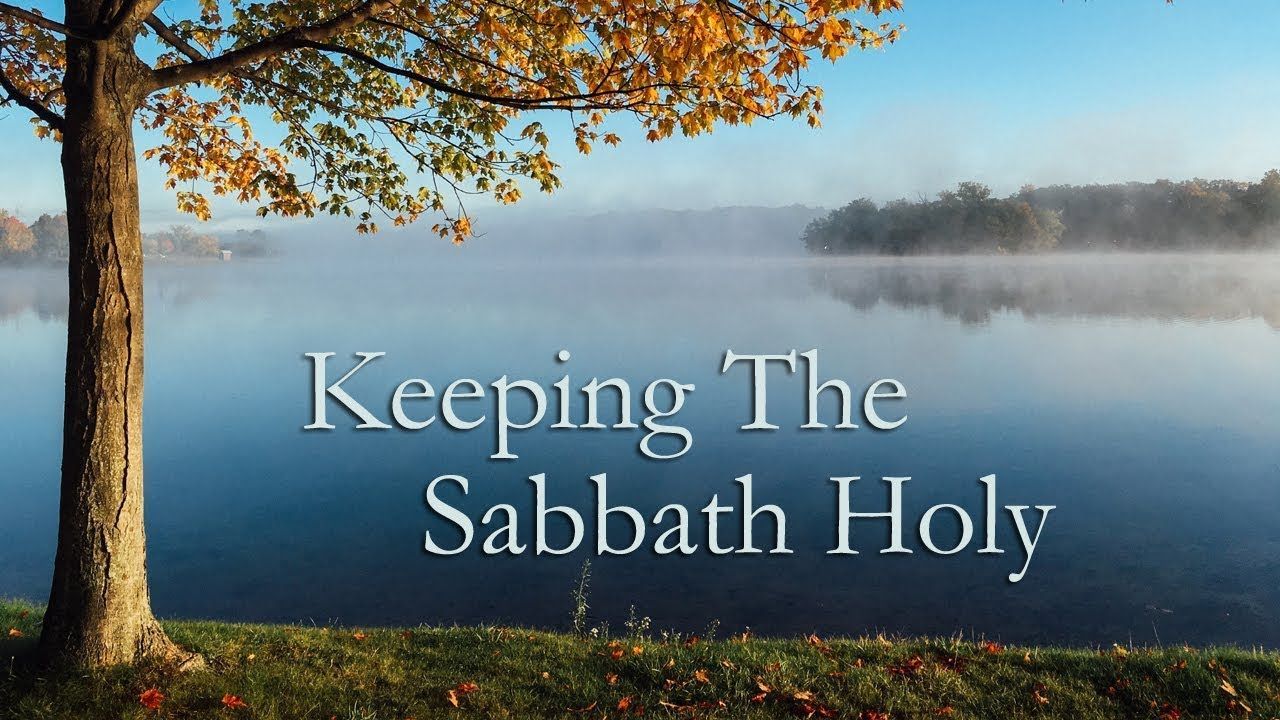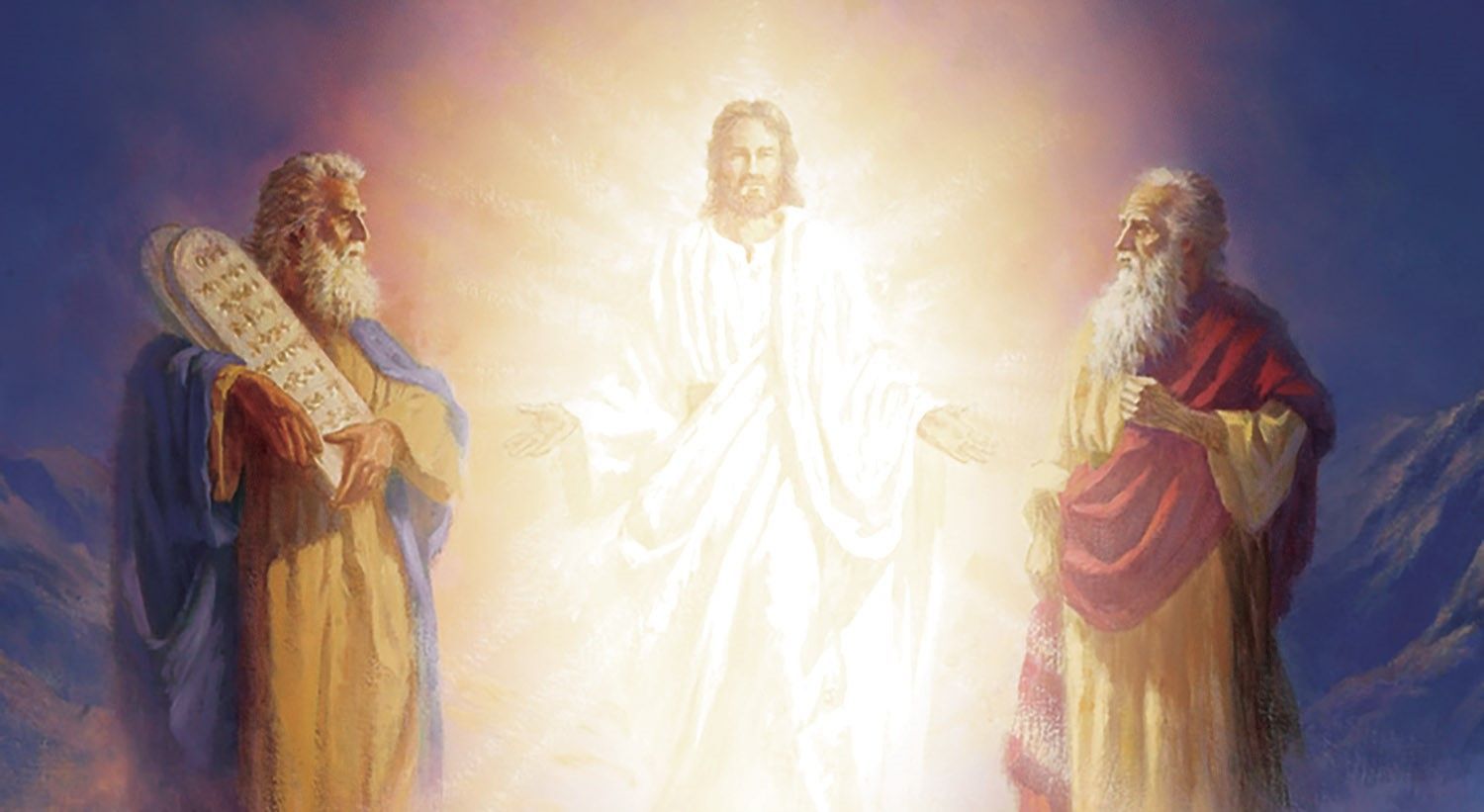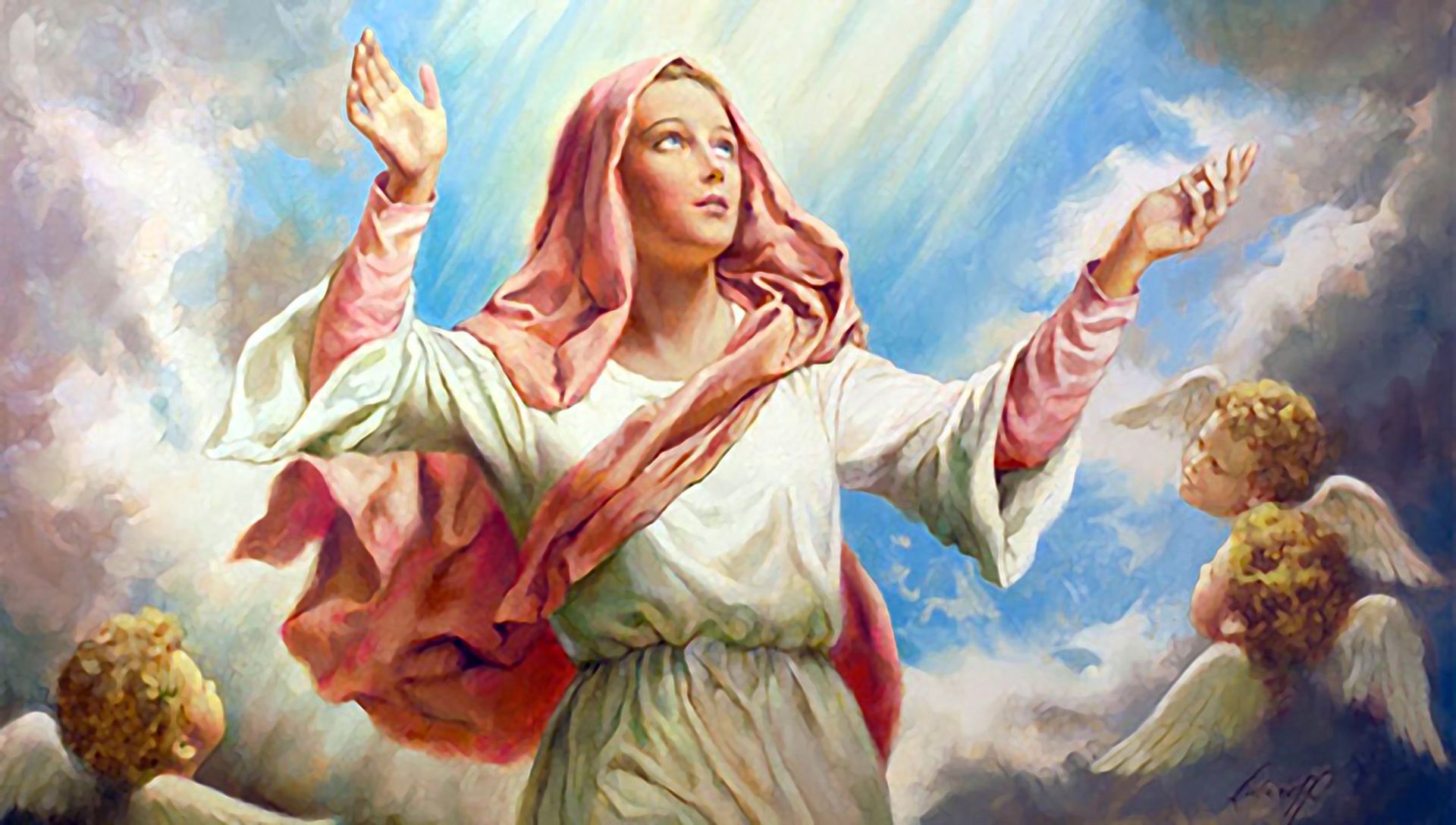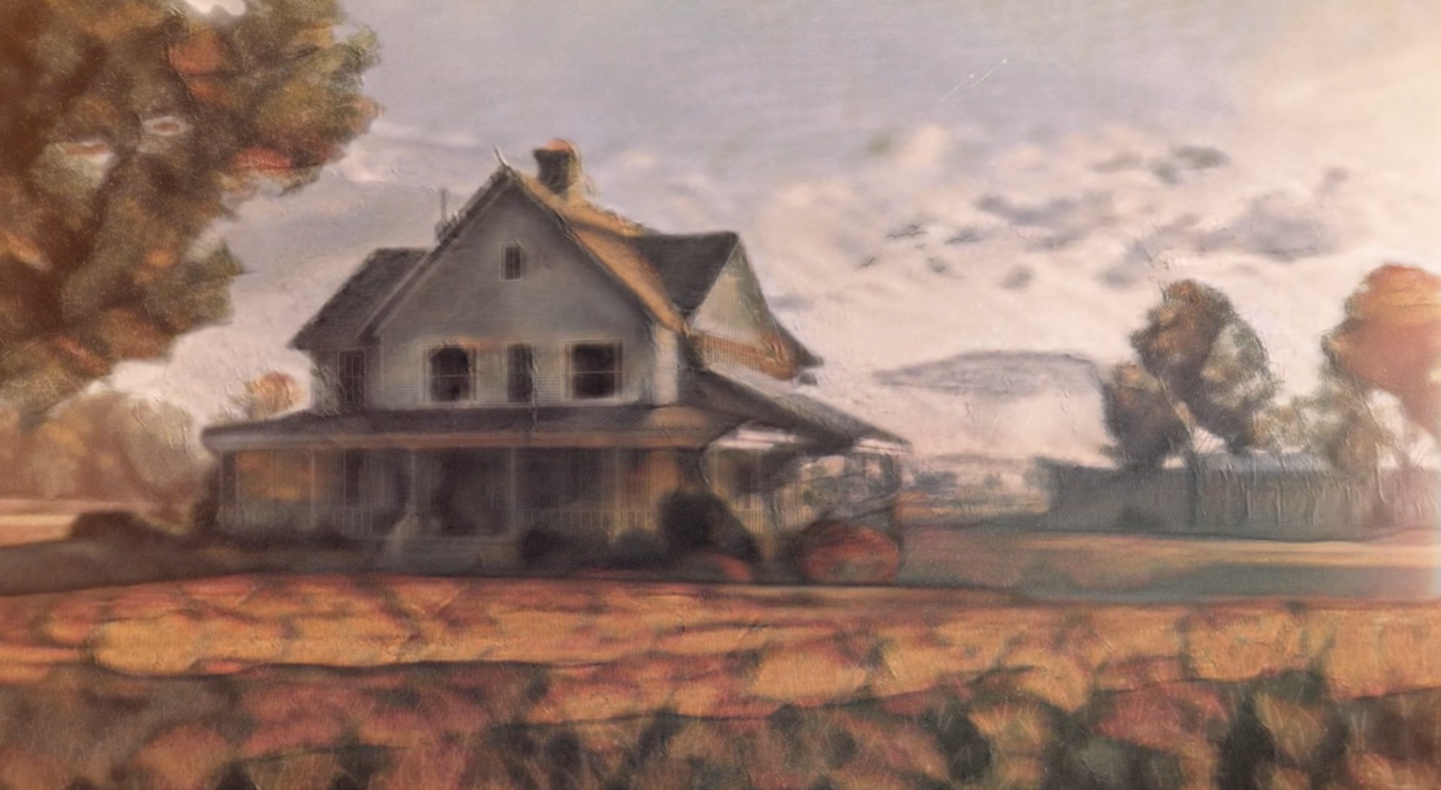Men of the Sacred Hearts News
Recent Blog Posts

Sara and Charlie were spending a long weekend with Nana and Papa while Mom and Dad took a trip for Dad’s work. This was normal, and the children looked forward to spending fun times with their grandparents, playing board games, going to movies, and maybe visiting the Ice Cream Palace for a sundae or two.
Lent was March 5, a
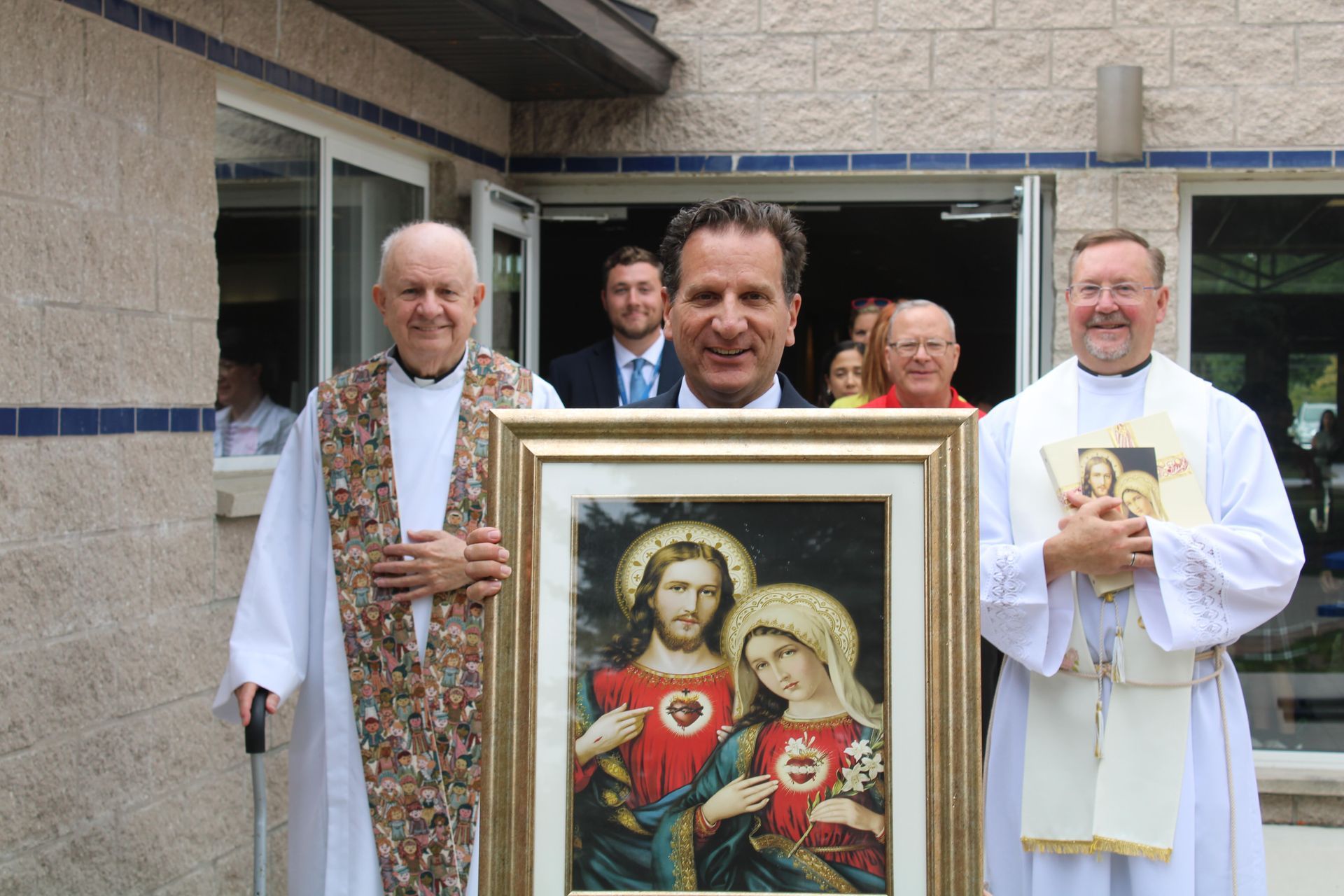
On August 30, 2001, Holy Family Regional School (HFRS) opened its doors, breathing new life into the historic St. Andrews grade school—once attended by Madonna herself. This marked the beginning of a new chapter, as HFRS embraced a regional format that united St. Andrews, St. Irenaeus, and, later, St. Mary of the Hills. With 128 eager students enrolled, parents rejoiced at the return of a Catholic school to Rochester, ready to nurture both faith and education.


